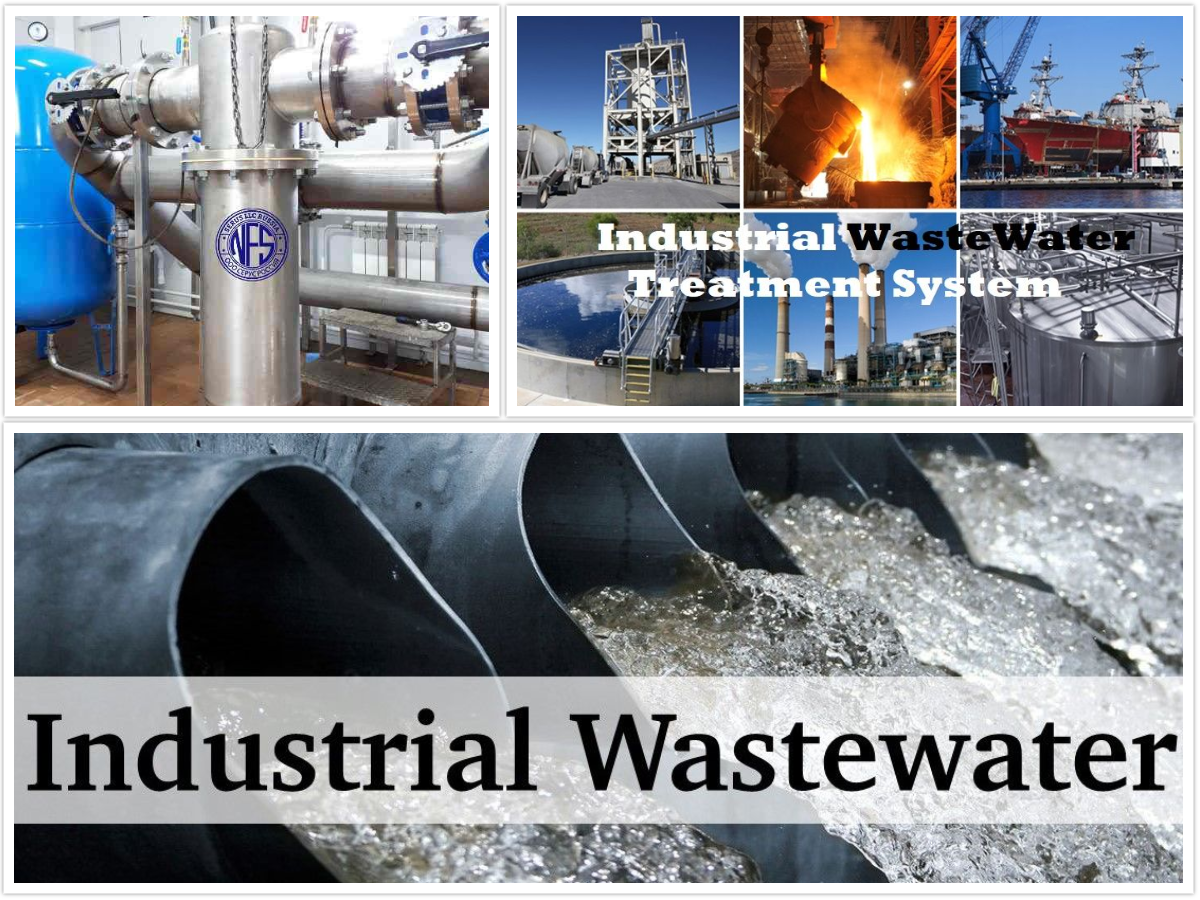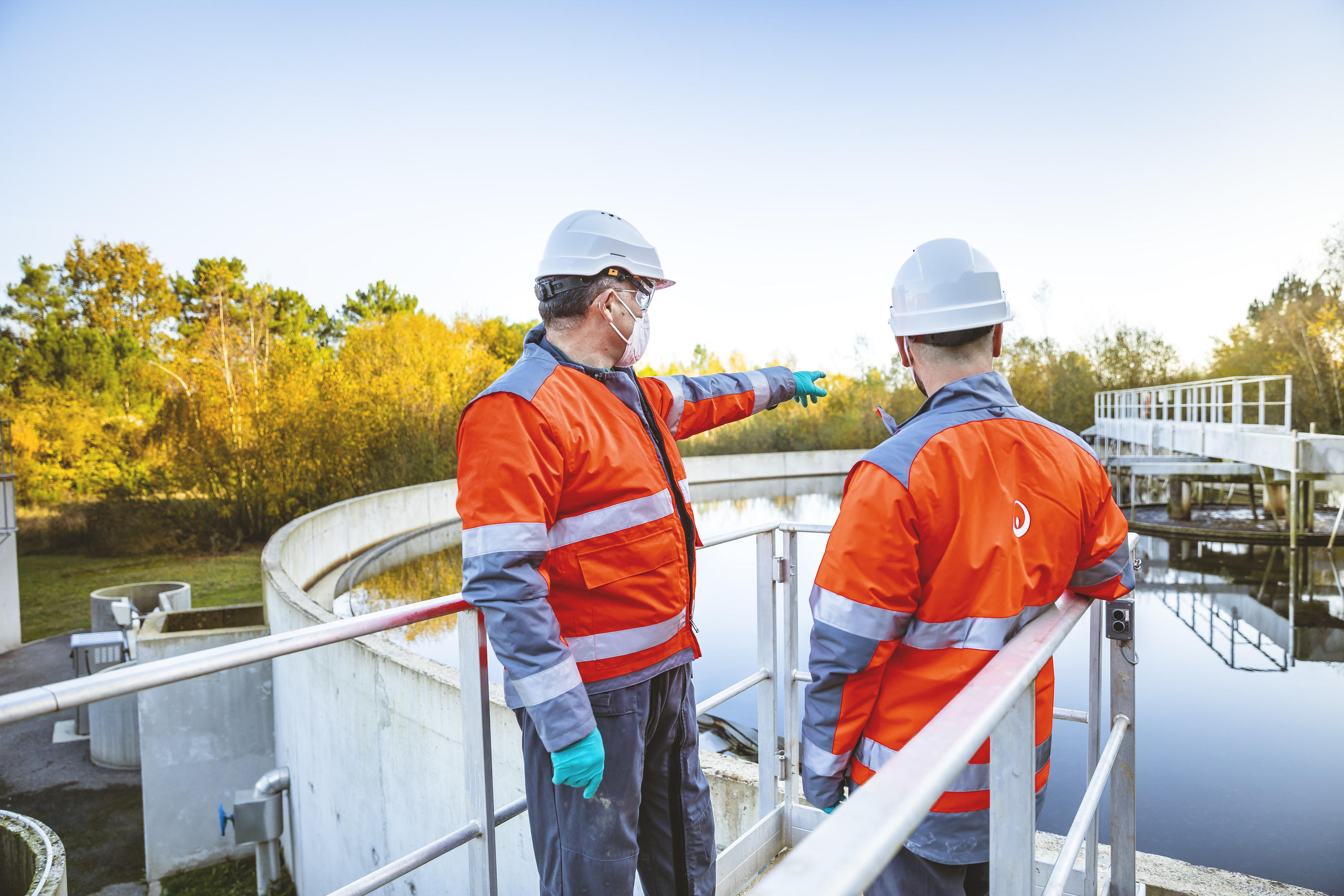Industrial Waste Water Treatment-- Customized Solutions for Effective Wastewater Treatment
Wiki Article
Obstacles and Solutions in Hazardous Waste Water Therapy
The therapy of industrial wastewater offers a complex selection of obstacles, varying from rigid regulative compliance to the complexities of price administration and technological constraints. The irregularity in waste structure even more makes complex the efficiency of typical therapy techniques, typically resulting in escalated functional expenses.Regulatory Compliance Obstacles
Just how can industrial centers navigate the complicated landscape of regulatory conformity in wastewater treatment? The regulatory structure governing wastewater administration is multifaceted, usually varying by territory and kind of sector.To properly manage these conformity obstacles, facilities must implement durable monitoring and reporting systems that make sure real-time information collection and analysis. Routine audits and threat assessments can determine possible compliance spaces, enabling proactive modifications in therapy procedures. Staff member training programs focusing on regulative understanding and ideal practices are important to cultivate a culture of conformity within the organization.
Furthermore, engaging with regulative agencies can supply useful understandings and clear up unclear policies. Facilities might also profit from seeking advice from ecological experts who specialize in wastewater treatment conformity, guaranteeing that they remain informed of progressing regulations. By embracing these approaches, industrial facilities can not just fulfill compliance requirements however additionally enhance their operational performance and ecological stewardship.
Price and Financial Obstacles
Navigating governing compliance in wastewater treatment usually offers considerable economic obstacles for industrial facilities. The expenses connected with implementing required treatment innovations, preserving conformity with rigorous regulations, and managing operational expenses can be intimidating. Lots of companies encounter high first resources expenses for the construction or updating of wastewater therapy plants, which might stress spending plans, specifically for medium-sized and small enterprises.Furthermore, recurring operational costs, including labor, chemical, and maintenance inputs, add to the financial concern. The unpredictability of varying energy costs and the possible requirement for additional investments to fulfill developing policies aggravate these economic stress. In most cases, the absence of financial motivations or support from federal government bodies makes it a lot more tough for companies to warrant financial investments in sophisticated treatment systems.
Additionally, the financial feasibility of wastewater treatment remedies is frequently examined, specifically for sectors with limited profit margins. It is critical for industrial centers to explore affordable techniques, such as adopting ingenious funding options, engaging in collaborations, and leveraging emerging innovations that can help mitigate these economic barriers while making sure conformity with ecological requirements.

Technical Limitations
Many technological restrictions prevent the effectiveness of commercial wastewater therapy processes. One significant obstacle is the inadequacy of existing treatment innovations to resolve intricate contaminants.In addition, the scalability of treatment technologies positions a difficulty. While some advanced techniques, like membrane layer filtering or sophisticated oxidation, reveal assurance in controlled settings, their implementation on a bigger range can be practically difficult and excessively costly. Maintenance and functional intricacies better make complex the fostering of these systems, especially for smaller sized sectors with minimal technical expertise.
The assimilation of real-time surveillance modern technologies likewise continues to be insufficient in many treatment centers. Without efficient surveillance systems, operators can not sufficiently examine treatment performance or identify prospective failures, bring about inconsistent effluent top quality. Attending to these technological constraints via study and growth, alongside financial investment in innovative options, is crucial for boosting the effectiveness of commercial wastewater treatment and making certain regulatory conformity.
Irregularity in Waste Structure
In the world of commercial wastewater treatment, the variability in waste structure presents a powerful obstacle. Industries generate wastewater with diverse features, influenced by aspects such as manufacturing processes, resources, and functional practices. This diversification makes complex the treatment process, as standard systems commonly have a hard time to properly resolve the wide array of pollutants existing.As an look at this site example, wastewater from food handling might include high degrees of raw material, while effluents from chemical production could include heavy steels and unsafe compounds. This difference demands versatile treatment techniques to make certain compliance with ecological guidelines and shield public health and wellness. Furthermore, variations in waste structure can take place with time, affected by changes in manufacturing timetables, maintenance activities, or the introduction of new items.

Cutting-edge Treatment Solutions
Cutting-edge treatment solutions are necessary for dealing with the complexities of commercial wastewater monitoring. Traditional methods often drop brief in properly removing a large variety of pollutants, specifically in centers with diverse effluent streams. Recent advancements concentrate on incorporating cutting-edge modern technologies to improve therapy performance and sustainability.One encouraging approach is using sophisticated oxidation processes (AOPs), which leverage powerful oxidants to weaken natural toxins. AOPs, consisting of photocatalysis and ozonation, can dramatically lower hazardous substances and boost effluent top quality. Furthermore, membrane bioreactor (MBR) technology have a peek at this website has gained traction, integrating organic therapy with membrane filtering, causing premium effluent and minimized impact.
An additional cutting-edge solution is the implementation of resource recovery systems. Methods like anaerobic food digestion not just treat wastewater but likewise generate biogas, which can be harnessed as a renewable power source. The fostering of fabricated knowledge and device discovering versions can optimize therapy procedures by predicting variants in wastewater make-up, consequently improving operational efficiency.
These ingenious link services not just address governing conformity but also promote environmental sustainability, leading the way for an extra effective and resistant commercial ecological community.
Verdict
In final thought, dealing with the obstacles of industrial wastewater treatment calls for a diverse strategy that incorporates regulatory compliance, expense monitoring, and technological innovations. A dedication to continual renovation in therapy methods will eventually contribute to the efficient administration of commercial wastewater and ecological protection.The treatment of industrial wastewater offers a diverse array of obstacles, varying from stringent regulatory compliance to the complexities of cost management and technical limitations. Industrial Waste Water Treatment.Browsing regulatory compliance in wastewater treatment frequently presents significant financial challenges for commercial facilities. Attending to these technological restrictions through research and development, along with financial investment in cutting-edge options, is important for boosting the efficacy of commercial wastewater therapy and making certain regulatory conformity
Wastewater therapy facilities have to spend in robust monitoring systems and flexible therapy innovations capable of accommodating differing influent attributes.In verdict, resolving the difficulties of industrial wastewater therapy needs a multifaceted strategy that incorporates regulatory conformity, cost management, and technical improvements.
Report this wiki page